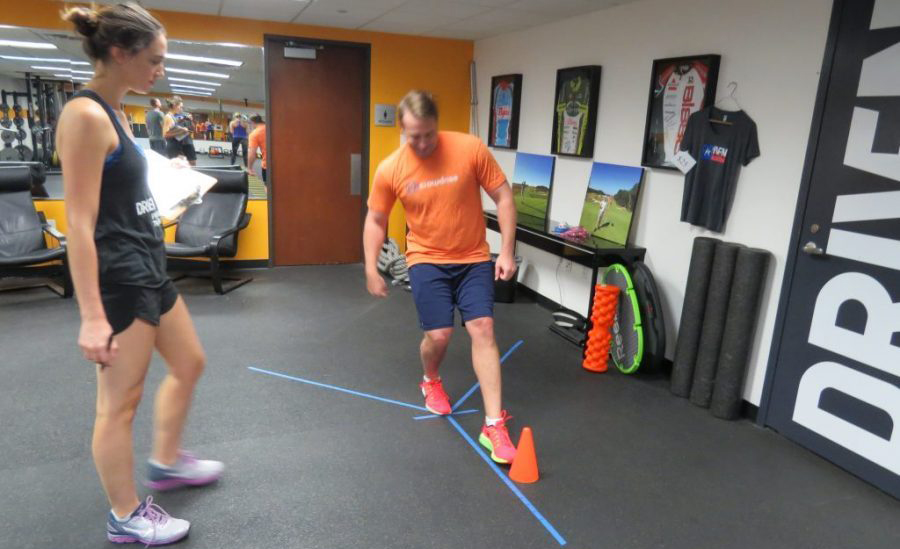Progression

One of the aspects of my job that I enjoy the most is developing return to play progressions. I love the challenge of it – it requires me to really dig in and think about all aspects of the person in front of me to come up with a solution that works for them.
It’s the opposite of protocol, I suppose. At every step I have the opportunity to watch and see how their body responds. Did that last rep look good? Fluid and coordinated or rigid and nervous?
This is where progression comes into play. We spend a lot of time with our interns at Driven looking at movement, striving to understand the biomechanics at play, and figuring out which movements are most stressful to certain joints or muscles. It’s this knowledge that helps us create a training environment where our injured athletes or clients can take on greater challenges as they demonstrate mastery.
It’s certainly a fine line. Challenge them too much and you create potential to re-injure the client. Don’t challenge them enough and they don’t get better. There’s a sweet spot there, and a lot of factors like fatigue, dehydration, stress, attention, and others can affect it. My role as a coach is to pay attention to all of those variables and pick the challenge that is right for that client at that time.
SHARE IT

